South Korea's real estate market has experienced a significant surge in October, with the top 30 real estate companies reporting an 80% increase in sales compared to the previous month. This substantial growth indicates a rebound in market activity, reflecting a renewed interest in property investments and a positive shift in consumer sentiment.
The real estate sector in South Korea has been through a period of fluctuation, with various factors influencing its performance. The recent uptick in sales is a promising sign for the industry, which has been seeking stability amidst economic uncertainties and regulatory changes.
Market Dynamics and Consumer Behavior
The increase in sales can be attributed to several factors. Firstly, there has been a shift in consumer behavior, with more individuals and families looking to invest in property as a hedge against inflation and economic instability. The desire for tangible assets has driven many to consider real estate as a safe investment option.
Secondly, the government's policies have played a role in stimulating the market. Recent adjustments in housing regulations and financial incentives have made it more attractive for both first-time buyers and investors to enter the market. These policy changes have been aimed at boosting the economy and providing a stimulus to the real estate sector.
Impact of Economic Factors
The economic backdrop has also contributed to the market's resurgence. South Korea's economy has shown resilience despite global challenges, and this has bolstered confidence in the real estate market. The country's strong export performance and a stable job market have provided a foundation for sustained growth in the property sector.
Moreover, low-interest rates have made borrowing more affordable, encouraging both developers and buyers to take advantage of the favorable conditions. This has led to an increase in new project launches and a subsequent rise in sales transactions.
Developer Strategies and Market Response
The top 30 real estate companies have been strategic in their approach to the market, focusing on projects that cater to the current demand. They have been quick to adapt to changing market conditions, offering a mix of residential, commercial, and industrial properties to meet the diverse needs of buyers.
These developers have also been focusing on quality and innovation in their projects, which has helped to attract buyers. The incorporation of smart home technology, eco-friendly designs, and community amenities has been well-received, further driving sales.
Regional Disparities and Market Outlook
While the overall market has shown positive growth, there are regional disparities that must be considered. Certain areas within South Korea have experienced more significant increases in sales than others, highlighting the importance of location in the real estate market.
Seoul and its surrounding areas continue to be the most active, driven by the concentration of economic activity and the demand for housing in the capital. However, other regions are also showing promise, with some experiencing a surge in interest from both domestic and foreign investors.
The outlook for the South Korean real estate market remains cautiously optimistic. While the current uptick in sales is encouraging, the industry must remain vigilant to potential challenges, such as global economic fluctuations and changes in government policy.
The 80% increase in sales for the top 30 companies in October is a strong indicator of the market's recovery. It demonstrates the resilience of the South Korean real estate sector and the potential for continued growth. As the market continues to evolve, it will be crucial for developers, investors, and policymakers to stay informed and adapt to the changing landscape.
The future of the South Korean real estate market holds promise, but it will require a balanced approach that considers economic, social, and environmental factors. With careful planning and strategic investment, the industry can look forward to a period of stability and growth.

By Sophia Lewis/Apr 5, 2025
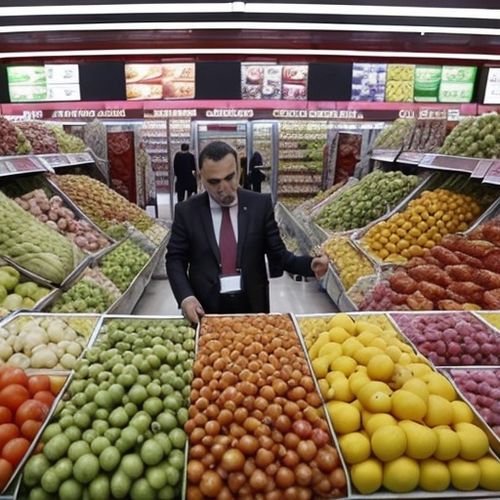
By Jessica Lee/Apr 5, 2025

By Emily Johnson/Apr 5, 2025
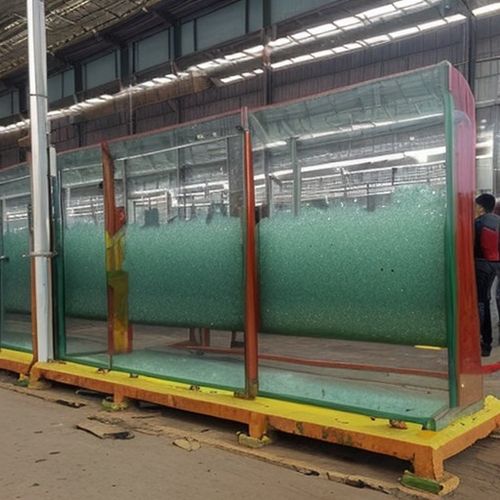
By Sophia Lewis/Apr 5, 2025

By George Bailey/Apr 5, 2025

By Amanda Phillips/Apr 5, 2025
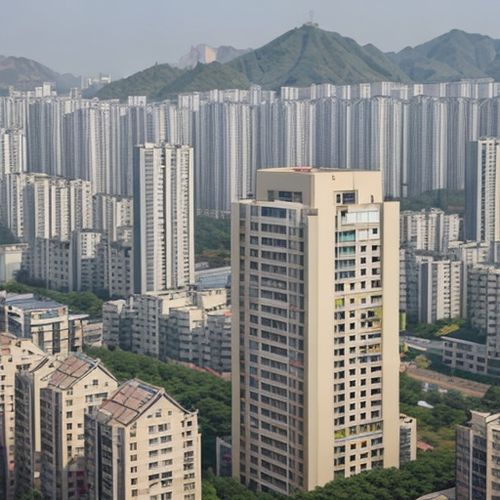
By Emily Johnson/Apr 5, 2025

By Natalie Campbell/Apr 5, 2025

By Sarah Davis/Apr 5, 2025
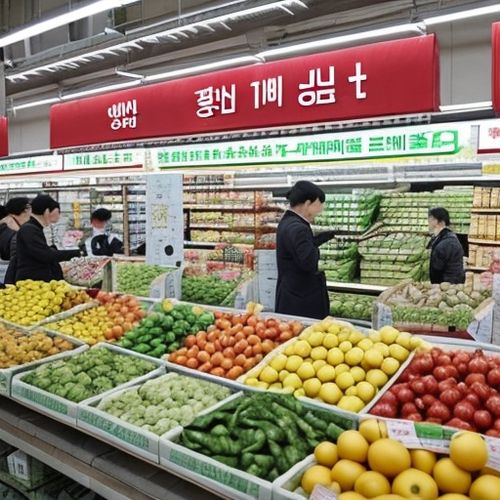
By Laura Wilson/Apr 5, 2025

By Samuel Cooper/Apr 5, 2025
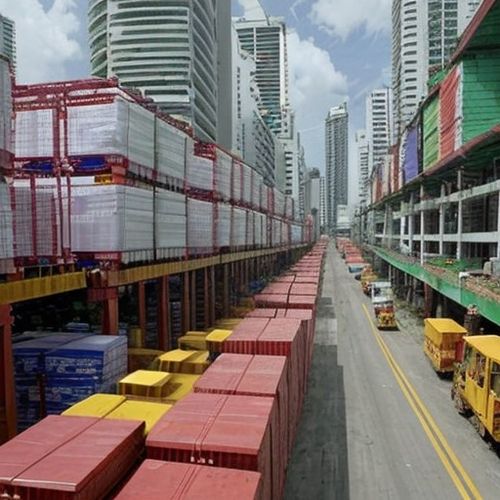
By James Moore/Apr 5, 2025

By Noah Bell/Apr 5, 2025

By Sarah Davis/Apr 5, 2025
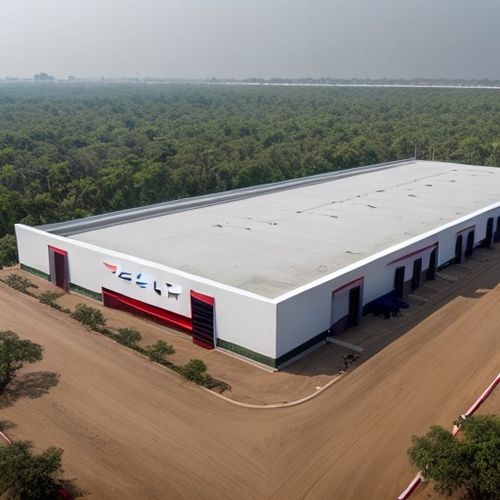
By Ryan Martin/Apr 5, 2025

By Christopher Harris/Apr 5, 2025

By Noah Bell/Apr 5, 2025

By Thomas Roberts/Apr 5, 2025

By Michael Brown/Apr 5, 2025
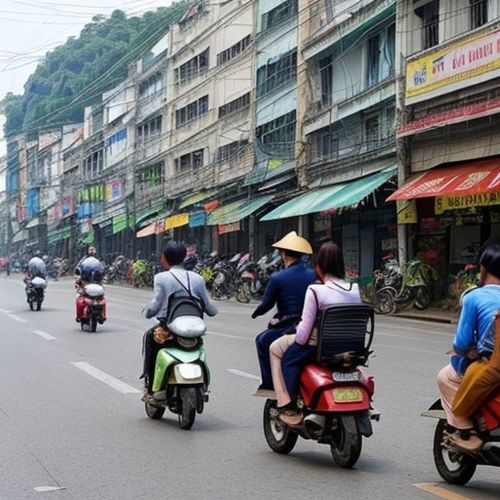
By George Bailey/Apr 5, 2025